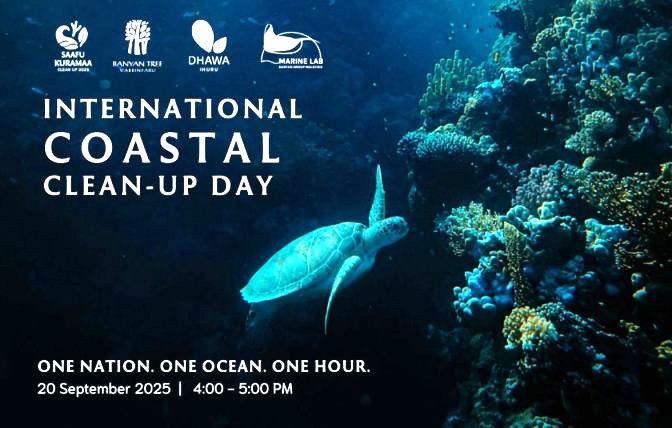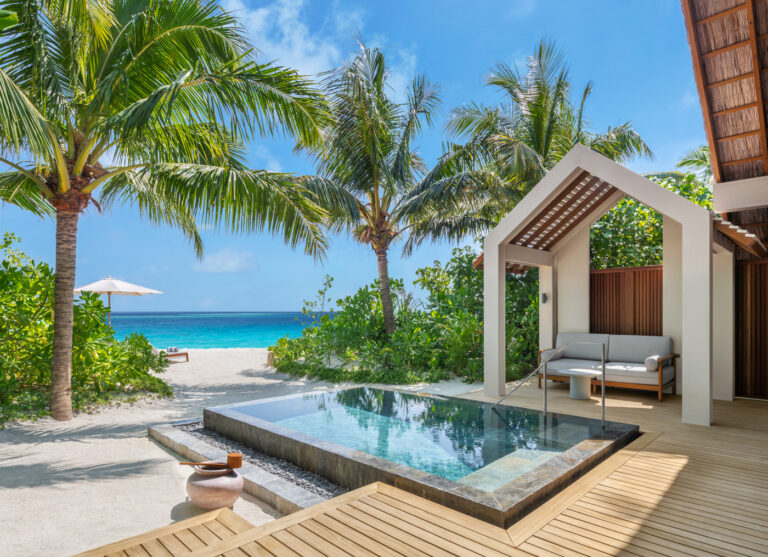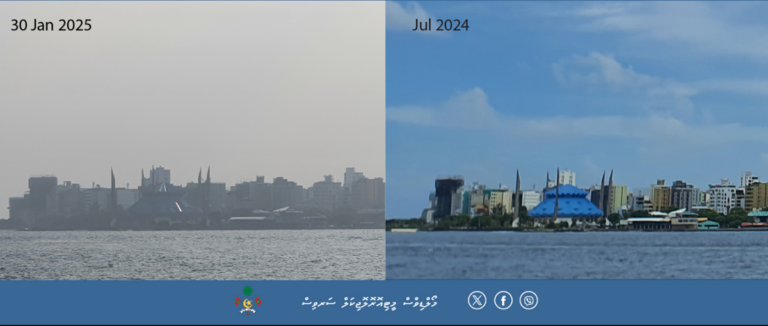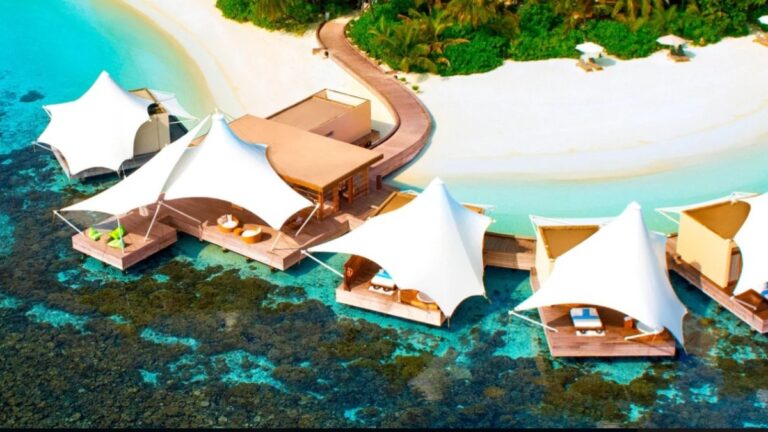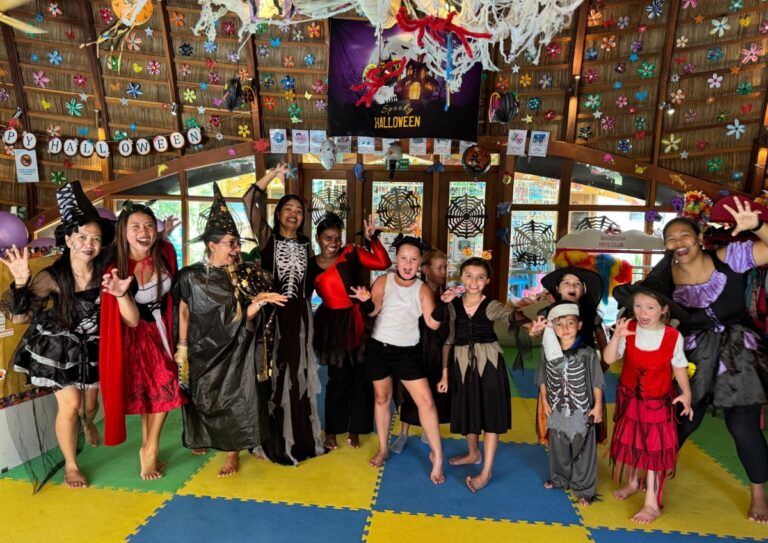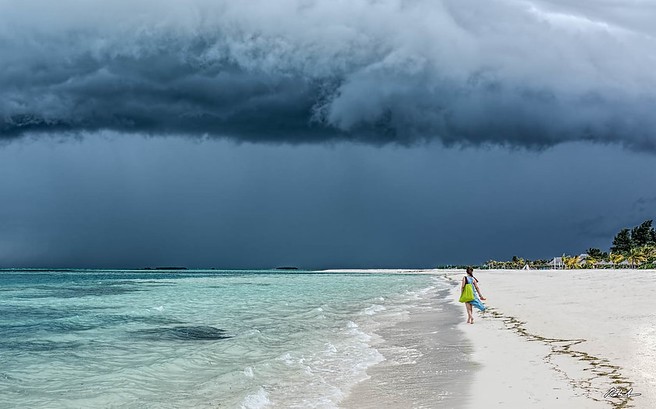
The northeast monsoon, delayed from December 2024, has just started
The northeast monsoon began on January 2nd, 2025 in the Maldives. If you’ve seen any recent weather reports, you’ll notice it is both highly changeable and regionalised.
According to meteorologists, the monsoon should have begun last year. In fact, the country has not seen such a big delay in the arrival of the monsoon for a decade. The Maldives Meteorological Service has a specific standard for judging when the northeast monsoon has arrived. It is when winds exceeding 10 nautical miles per hour begin blowing from the east for two or more consecutive days. This should have begun in early to mid-December 2024.
The late northeast monsoon has brought wind and rain across the Maldives during the start of 2025. But typically, January is mostly sunny; heralding the start of Dry Season. As such, the ‘dry monsoon’ as it’s known is somewhat of an oxymoron. It is supposed to run from December to March, while the southwest monsoon (a mostly rainy season) runs from April to November.
There’s always a brief period of more unsettled than usual weather when the wind changes direction between the two monsoons. However, any bad weather during the transitional period is always short-term (as even in rainy season you can experience good sunny spells). Thankfully the Maldives Meteorological Service forecast shows most showers clearing over the next few days across the Maldives, which will give way to sunny spells.
Insider advice for adverse weather in the Maldives
Visitors should always bear a few things in mind when it comes to rain in the Maldives. Even if the forecast shows showers in the atoll you’re going to visit, it’s still possible that you’ll see a sunny spell or two during the day, or that most of the rain will fall overnight. The weather is also highly localised in the Maldives. So it could rain on one island, while it’s fine just a few islands away.
If you do find yourself at a resort in the Maldives during the rain, book an appointment at the spa as soon as possible. The spas get booked up quicker than normal during wet weather. Many resorts will also lay on special wet weather activities for free.
It’s also a good opportunity to check out if the resort has indoor attractions, such as the impressive history museum and library at JA Manafaru Resort Maldives, or the Hologram Room at Four Seasons Resort Landaa Giraavaru. Or see if your resort has an underwater restaurant to hang out in, such as at Hurawalhi, or an underwater spa, like the one at Huvafen Fushi.
Why is the monsoon in the Maldives so late this year?
It has become increasingly hard to predict the weather in the Maldives. Anecdotally, some Maldivians believe that the seasons have been erratic since the 2004 Indian Ocean tsunami. But it’s hard to deny the impact of climate change in the Maldives.
Maldivians call the northeast monsoon Iruvai. The Maldivian traditional Nakaiy calendar, which informs people when to plant crops, go fishing or travel, predicts the northeast monsoon should always start close to December 10th. But data from the Maldives Meteorological Office shows the usual pattern has been disrupted in recent years. Since 2014, the earliest start of the northeast monsoon occurred on December 8th, 2019. However, the latest occurred this year, on January 2, 2025.
The Maldives Meteorological Office also recorded numerous incidences of more extreme weather than normal. For example, in April 2024, the temperature reached 48°C (118.4°F) in Male’. The average for that time of year is 31°C (87.8°F). Typical weather during the year should only vary slightly between 25°C (77°F) and 32°C (89.6°F).
Globally, 2024 was the hottest year on record, according to the World Meteorological Organization (WMO). The WMO issued a red alert at the pace of climate change in a single generation, which is said is turbo-charged by ever-increasing greenhouse gas levels in the atmosphere.
If you are concerned about climate change and the environment, you may also be interested in choosing a resort with a Green Globe certificate or a commitment to helping neighbouring island communities become more sustainable.
